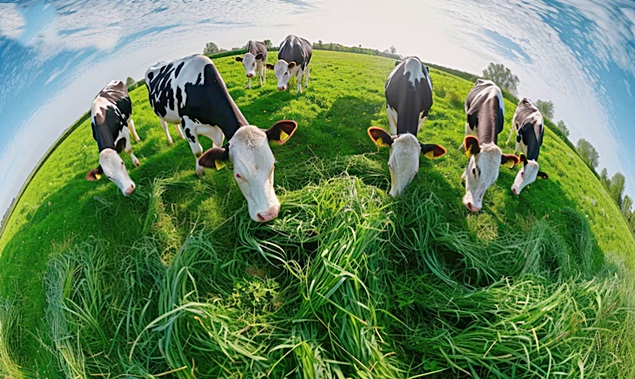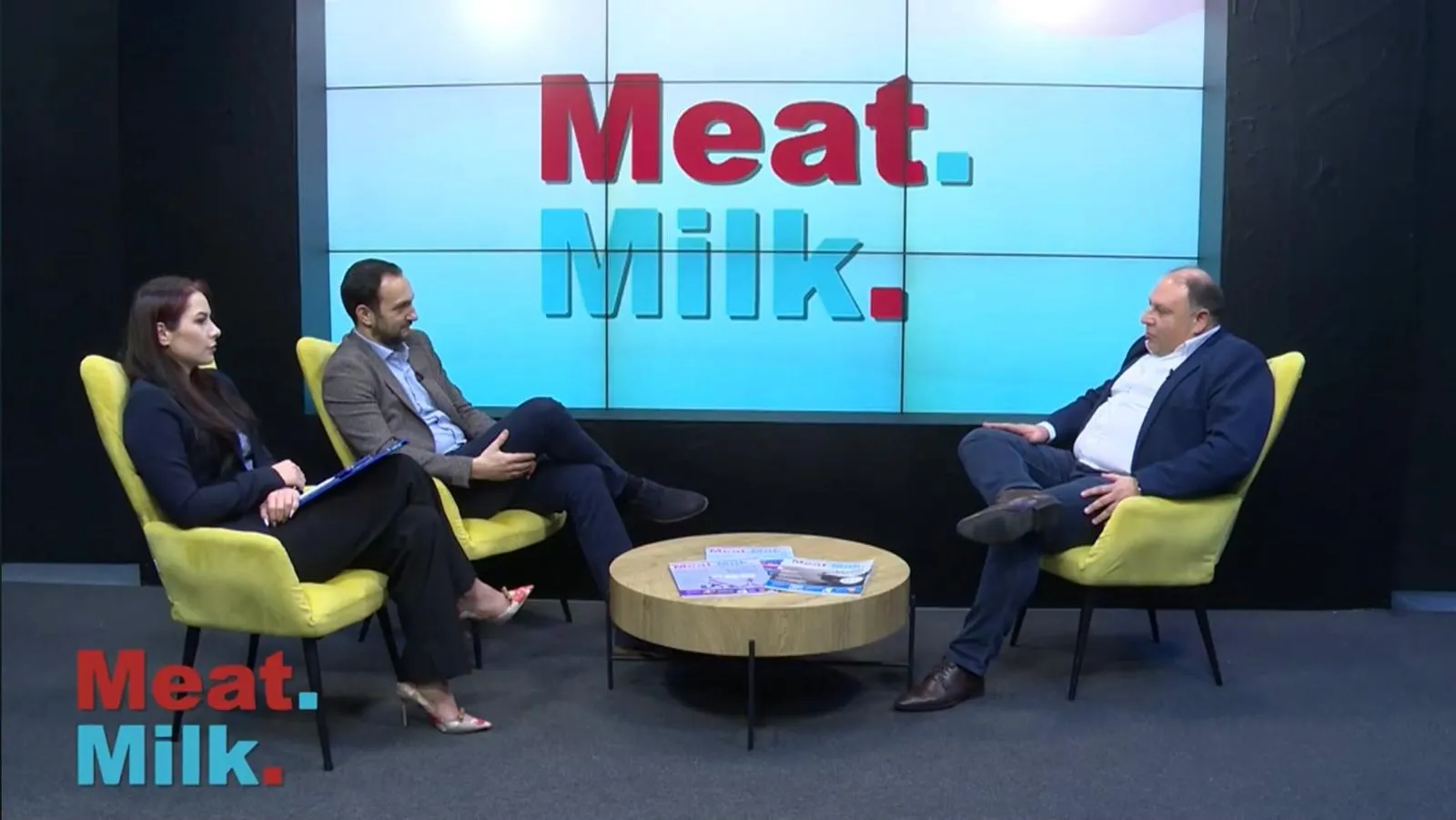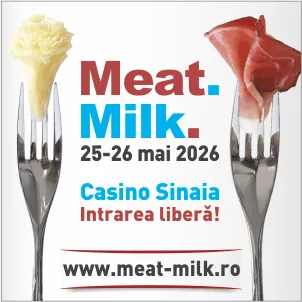982

Reducing Methane Emissions in Dairy Farming: Nutritional Strategies
As the dairy industry continues its efforts to reduce greenhouse gas (GHG) emissions, the focus on nutritional strategies remains highly relevant, notes DairyGlobal.
Latest Findings
Since grass silages are a common component of dairy cow diets, researchers at the Norwegian University of Life Sciences have investigated how different grass species and harvesting frequencies influence milk production and methane emissions.
Their findings provide a simple yet practical tool to reduce methane production while maintaining milk yield.
Reports indicate that in North America, Northern and Western Europe, grass and grass-clover silages make up a significant portion of dairy cow diets.
In a three-cut system, grass is typically harvested earlier (i.e., plants cut in the vegetative stage) compared to silages produced in a two-cut system (i.e., plants harvested at a more mature stage in the first cut).
Previous research shows that harvesting at a more vegetative stage promotes higher organic matter digestibility and dry matter intake due to lower amounts of neutral detergent fiber (NDF) corrected for ash and indigestible fiber concentrations.
Some reports also suggest that frequent harvesting can shift volatile fatty acid concentrations in the rumen towards less acetate and butyrate and more propionate, reducing hydrogen (H2) availability for methane formation.
However, findings on the relationship between feeding silages prepared from grass harvested at different maturity stages have been inconsistent, which led to the current study published in the Journal of Dairy Science.
Grass Silages Study
In this study, researchers used Norwegian Red dairy cows to evaluate how silages from different pasture species (Timothy, Perennial Ryegrass, and Red Clover) and harvesting frequencies influence dairy cows’ feed intake, milk production, nutrient digestibility, and methane (CH4) emissions. Cows were offered silages ad libitum supplemented with a fixed level of concentrate.
The grass silage diets tested were:
- Phleum pratense L. in a three-cut system (T3)
- Phleum pratense in a two-cut system (T2)
- Lolium perenne L. in a three-cut system (PR3)
- Trifolium pratense L. in a three-cut system (RC3)
- A combination of T3 and RC3 (50:50 DM basis) (T3/RC3)
Feed, Milk, and Nutritional Analysis
When comparing grass silage (T3 vs. T2), there were no differences in dry matter intake. However, the lower NDF concentration corrected for ash and higher organic matter digestibility led to higher energy-corrected milk (ECM) production in T3 compared to T2.
Higher organic matter digestibility was expected since younger and less mature grass has lower plant cell wall content and lignin concentrations.
The organic matter digestibility of T3 did not differ from PR3, but T3-fed cows produced more ECM when fed T3.
This was attributed to the higher NDF digestibility corrected for ash and greater dry matter intake in T3 compared to PR3.
Dry matter intake and ECM production were lowest for RC3, aligning with the lower dry matter concentration in RC3 and the observed reduction in both organic matter and NDF digestibility corrected for ash as the proportion of red clover increased in the diet.
The mixed diet (T3/RC3) had approximately 14% higher NDF digestibility corrected for ash than the RC3 diet, explaining the increased silage dry matter intake and ECM production in the T3/RC3 diet.
Although the red clover diet (RC3) contained more crude protein than the Timothy diet (T3), ECM production was higher in cows fed T3.
This corresponded to a lower net energy for lactation in the RC3 diet, suggesting a protein-energy imbalance in the rumen.
Researchers concluded that the primary factors explaining differences in ECM production were feed intake (dry matter intake) and nutrient digestibility.
Methane Emissions
Increased organic matter digestibility led to higher ECM production and, consequently, lower CH4 intensity in Timothy harvested three times a year (T3) compared to twice a year (T2).
Researchers suggested that the 8-percentage-point increase in organic matter digestibility from T2 to T3 in this study was insufficient to increase CH4 production.
According to the researchers, the increased CH4 yield (g/kg digestible organic matter) and intensity observed in the RC3 diet were linked to the lower digestibility of both NDF corrected for ash and organic matter (Table 2).
“Lower digestibility may have led to unfavorable conditions for microbial synthesis and an ammonia surplus in the rumen. This likely reduced dry matter intake and ECM production, corresponding to an increase in CH4 yield and intensity,” they stated.
Conclusion
Researchers concluded that despite similar dry matter intake, cows consuming Timothy harvested three times a year had higher organic matter digestibility, greater ECM yield, and lower methane yield and intensity than cows consuming Timothy harvested twice a year.
Replacing Timothy with Perennial Ryegrass increased methane emissions and intensity, while increasing the inclusion rate of red clover from 0% to 100% led to a linear increase in methane production, yield, and intensity.





